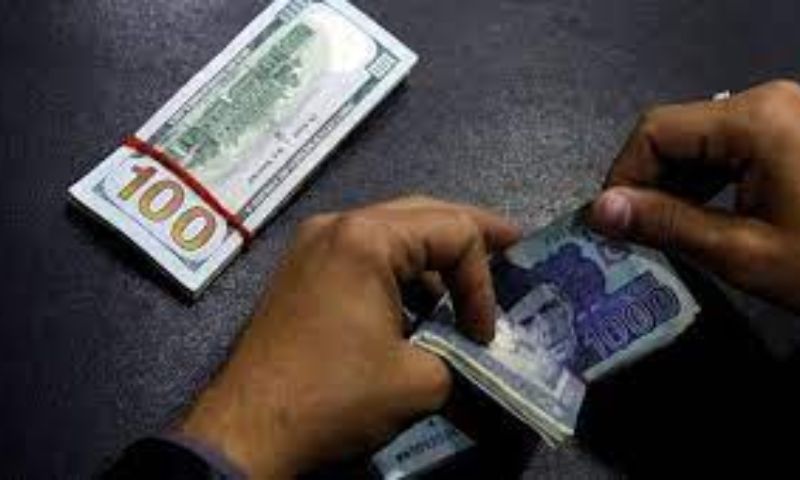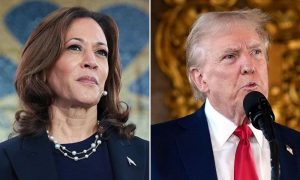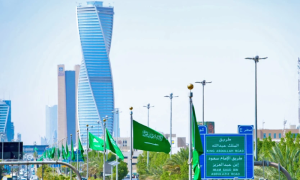KARACHI: In recent days, the Pakistani rupee has shown a remarkable upward trend against the US dollar, boosted by strong export earnings and increased remittance inflows following government measures to crack down on speculative activity.
The rupee, which closed at 301.16/dollar on Monday, experienced a significant gain, closing at 296.85 on Friday, marking a 1.43% or Rs4.31 increase against the dollar over the course of the week. This strengthening of the rupee can be attributed to reduced demand for dollars in the parallel or unofficial market.
Financial technology company Tresmark noted that improved liquidity in the forex market, driven by exporters selling in ready and forward markets and an uptick in daily remittances, is expected to contribute to the continued strengthening of the rupee.
One key factor in this positive economic trend is the substantial narrowing of the current account deficit, which measures the difference between foreign exchange inflows and outflows. In August, the deficit shrank by 79% month-on-month to $160 million, thanks to improvements in trade, services, primary income, and secondary income.
Furthermore, regulatory measures aimed at curbing illegal activities in the foreign exchange market have begun to yield results. This has led to a reduction in the gap between the interbank and open market exchange rates, which, in turn, has boosted remittances.
Since the crackdown on black market operators began on September 6, significant sums of dollars have returned to Pakistan’s interbank and open markets. As a result, the rupee, which had hit a record low on September 5, strengthened by more than 10% from pre-crackdown levels, trading at less than $300/dollar last week.
However, it’s worth noting that the rupee also faced some pressure due to the lifting of import restrictions, leading to increased demand for foreign currency. In August, the rupee had depreciated by almost 6% against the dollar.
Topline Securities, a brokerage firm, highlighted that over the last 30 years, the rupee has depreciated by an average of 7% per year against the US dollar. However, the past six years have seen more significant depreciation, averaging around 15% per year.
Tresmark noted that despite the State Bank of Pakistan’s decision to maintain the policy rate at 22%, the economic challenges primarily stem from supply-side issues, fiscal mismanagement, and speculative trends rather than demand-driven factors. Thus, higher interest rates would not necessarily impact demand but could exacerbate fiscal pressures.
While the rupee’s strengthening is promising, Tresmark cautioned that the reversal in commodity prices remains gradual, and the porous border with Afghanistan continues to facilitate activities that could impact import volumes. As a result, the rupee may not dip below 285/$ (July-end levels) and is likely to consolidate in the 290-295 range.
























